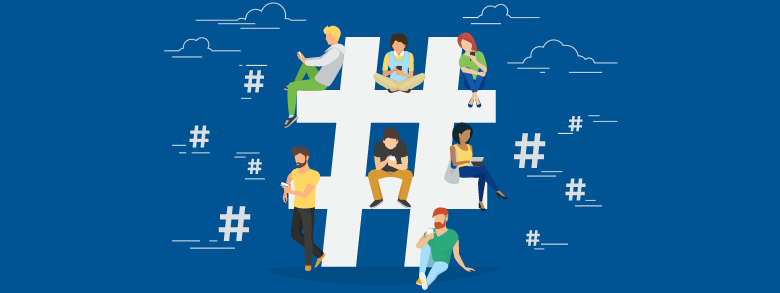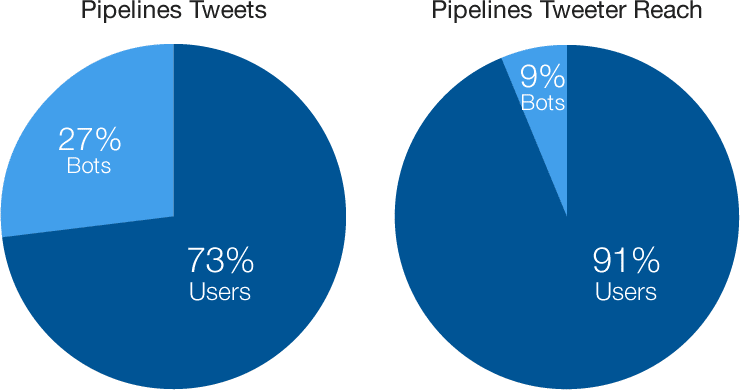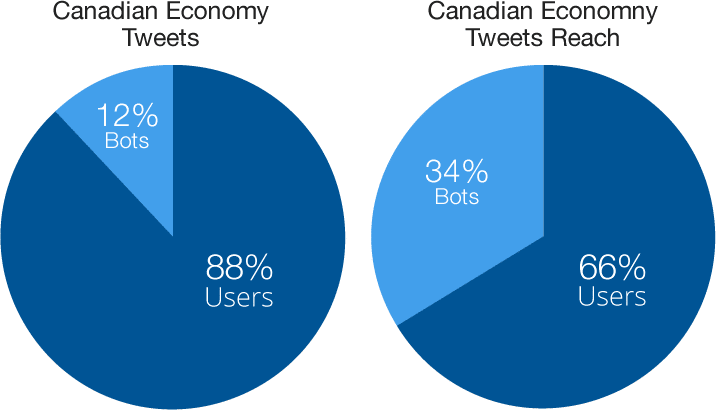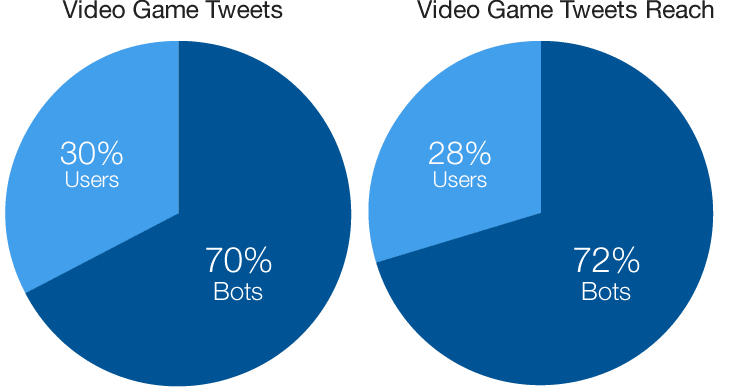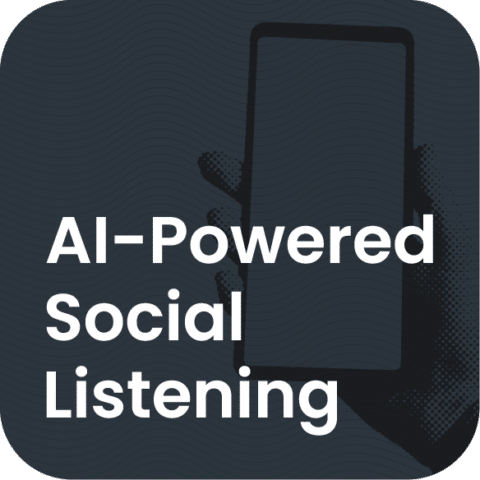In the endless search for social media mastery, Twitter holds a hallowed place among platforms. But it has probably become clear to you and your social media team that many users in the Twitterverse aren’t actually users at all. At least, not human users.
Indeed, a surprisingly large portion of Twitter users are automated bots. So many, in fact, that media measurement guru Katie Paine recently said that up to 40 per cent of social media content is bot-generated.
Twitter bots are computer programs that automatically send tweets, follow users, or like posts. Some accounts are run entirely by bots – often for spamming purposes – while in other cases, bots are used to help human users manage accounts and send scheduled tweets.
Bots became a hot topic during the U.S. election when reports showed that a large portion of pro-candidate tweets were generated by bots: one report showed that one-third of pro-Trump tweets and one-fifth of pro-Clinton tweets came from automated accounts.
But the political sphere is by no means a bot outlier; bots are present within most Twitter topics. In fact, Twitter admitted in 2014 that there were as many as 23 million automated accounts.
What our own research showed us
We did our own research to determine just how pervasive automated accounts on Twitter really are. Looking at nearly 10,000 tweets across three topics, we analyzed the source accounts of these tweets to determine if they were bot or not.
The first topic we explored was oil and gas pipelines. Of all the tweets related to this topic during our study period, we found that 27 per cent appeared to come from an automated account (however, these automated accounts only accounted for nine per cent of the total reach).
Next, we analyzed tweets related to the Canadian economy. Twelve per cent of these appeared to come from automated accounts, but, surprisingly, these tweets reached 34 per cent of the total audience.
The most popular automated account in this topic had a following of 142K, while 62 per cent reached an audience of over 1,000.
Finally, we looked at tweets about video games. At 70 per cent, most tweets related to this topic appeared to be created by Twitter bots, but their reach comprised just 12 per cent of the total.
While the amount of bot chatter is dependent on the topic you’re monitoring, the sheer pervasiveness of bot accounts in social content is an obvious risk factor when determining your brand’s biggest influencers.
[ctt title=”The pervasiveness of bot accounts in social content is a major risk factor when determining your #influencers.” tweet=”The pervasiveness of bot accounts in social content is a major risk factor when determining your #influencers. – https://ctt.ec/MeepF+ ” coverup=”MeepF”]
How to identify a Twitter bot account
Here are some tips for determining if an account is a bot:
- There is no profile picture or the picture is copied from the internet.
- The user doesn’t have a biography.
- The account has a large following but follows very few others.
- Daily tweets are high (higher than you would expect a human to generate in a day).
- Every tweet from the account is similar or on the exact same topic.
If after running through these tips you still can’t figure out if your influencer is a bot, you can also use this handy tool from Indiana University. The tool uses several factors to determine if a given screen name is a “bot or not”.
And if you just don’t have the time to put in the extra leg work, don’t worry. we can not only identify your top social and traditional media influencers, we’ll also filter out the bots so you don’t have to.

